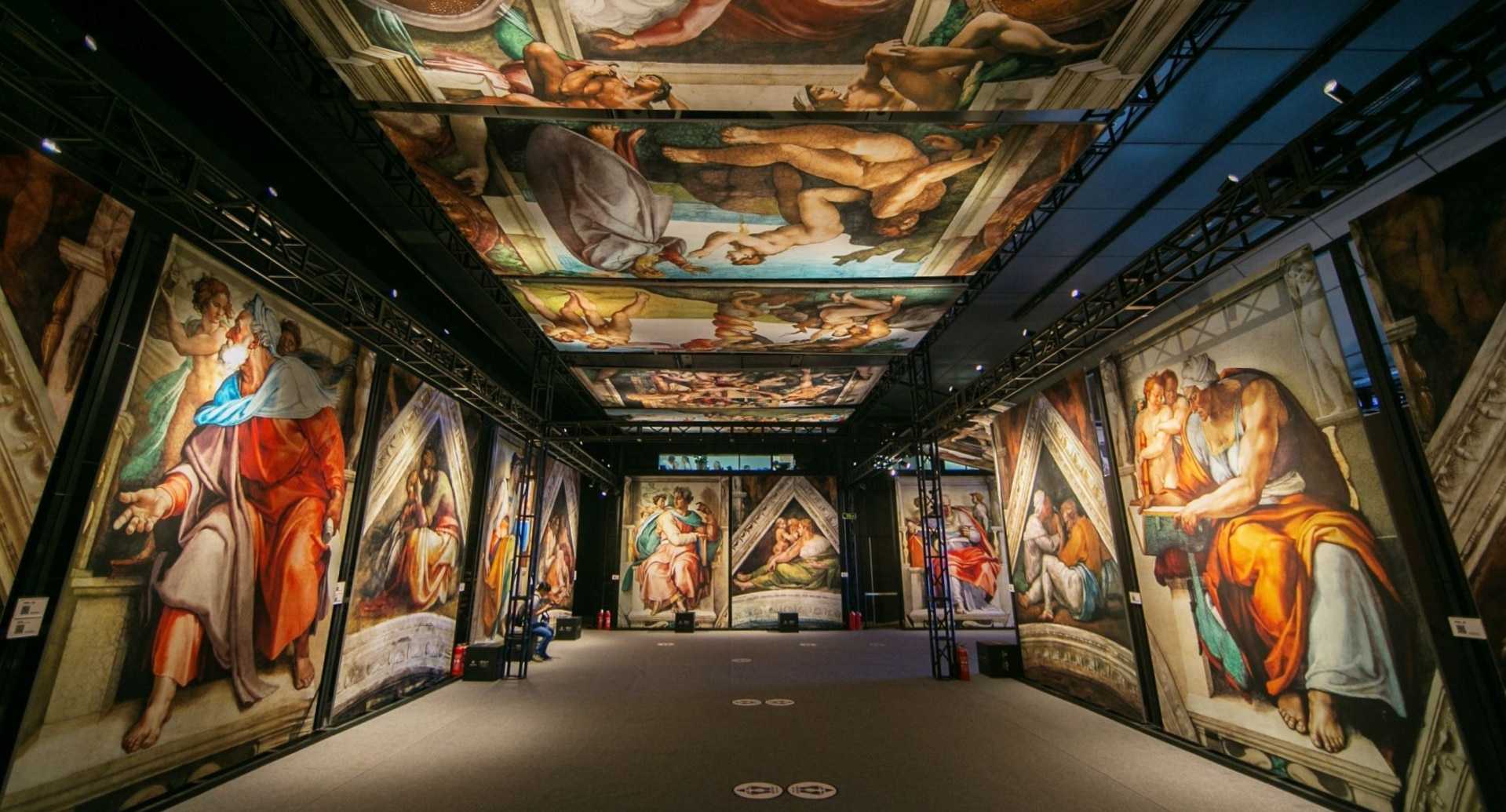Discovering the Sistine Chapel and Michelangelo’s Masterpiece
The Sistine Chapel, located in Vatican City, is one of the most renowned art spaces in the world. Known for its stunning frescoes, particularly the ceiling painted by Michelangelo, it attracts millions of visitors each year. This guide will help you understand the significance of the chapel and provide practical tips for visiting.
The History and Significance of the Sistine Chapel
The Sistine Chapel was built between 1473 and 1481 under the direction of Pope Sixtus IV, after whom it is named. It serves as the site of the Papal conclave, where new popes are elected, making it a place of immense religious importance. The chapel’s architecture is simple, but its interior is adorned with some of the most significant artworks of the Renaissance.
Michelangelo’s contribution to the Sistine Chapel began in 1508 when he was commissioned by Pope Julius II to paint the ceiling. Initially reluctant, Michelangelo accepted the task, which took him four years to complete. The ceiling’s frescoes depict scenes from the Book of Genesis, including the iconic “Creation of Adam,” where God reaches out to touch Adam’s finger. This masterpiece is celebrated for its intricate detail, dynamic figures, and profound storytelling.
Visiting the Sistine Chapel: What to Expect
When planning a visit to the Sistine Chapel, it’s essential to know that it is part of the Vatican Museums. To see the chapel, you must purchase a ticket to the museums, which also grants access to a vast collection of art and historical artifacts. It’s advisable to book tickets online in advance to avoid long lines.
The chapel can get crowded, especially during peak tourist seasons, so consider visiting early in the morning or late in the afternoon. Photography is not allowed inside the chapel, and visitors are expected to maintain silence to preserve the sanctity of the space. Dress modestly, as the Vatican has a strict dress code prohibiting sleeveless tops, shorts, and skirts above the knee.
Appreciating Michelangelo’s Masterpiece
To fully appreciate Michelangelo’s work, take some time to study the ceiling’s nine central panels, which depict stories from Genesis. The “Creation of Adam” is perhaps the most famous, but other panels like “The Creation of Eve” and “The Fall of Man” are equally compelling. Notice the vibrant colors and the way Michelangelo uses light and shadow to create depth and movement.
The Last Judgment, painted by Michelangelo on the altar wall years later, is another significant work. It portrays the second coming of Christ and the final judgment of souls. This fresco is notable for its dramatic composition and the emotional intensity of its figures.
Consider using an audio guide or a guided tour to gain deeper insights into the artwork. Guides can provide context about Michelangelo’s techniques, the challenges he faced, and the symbolism within the frescoes.
